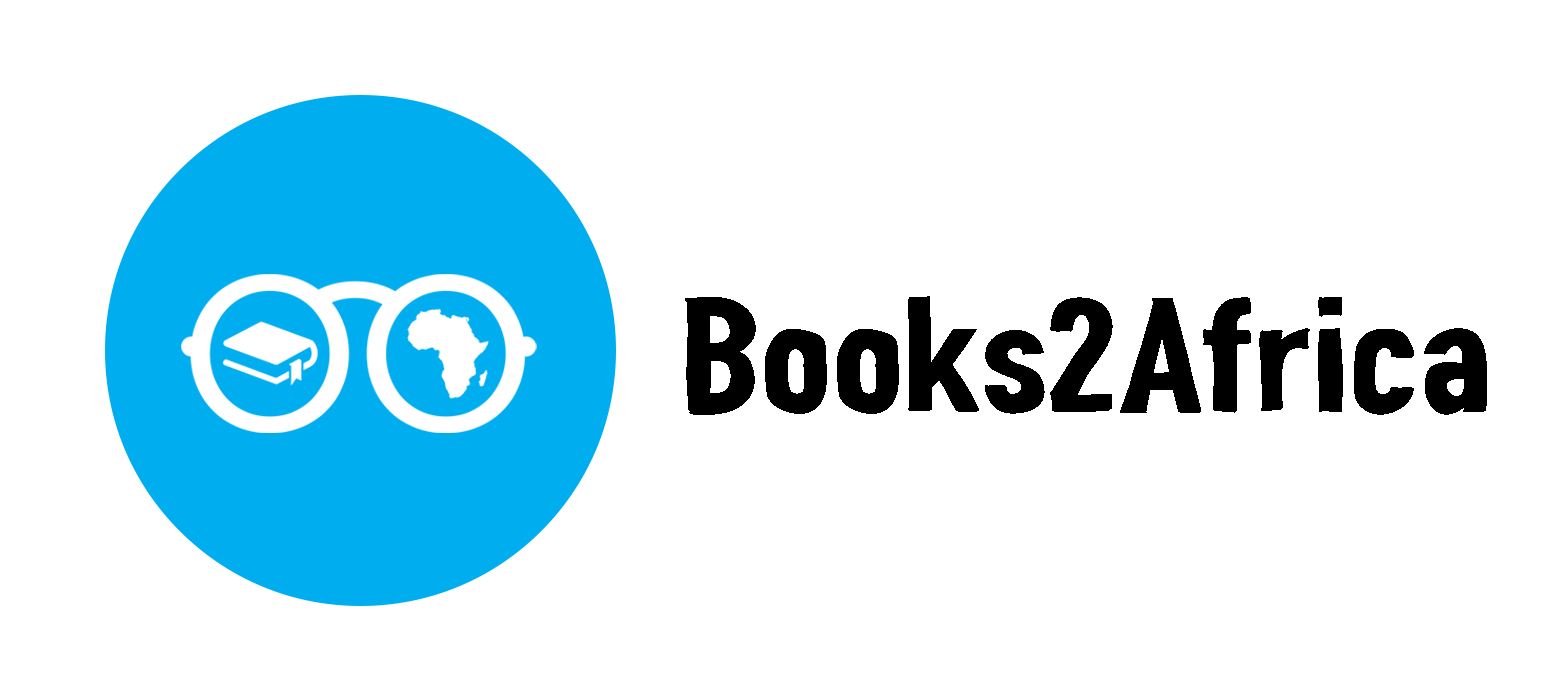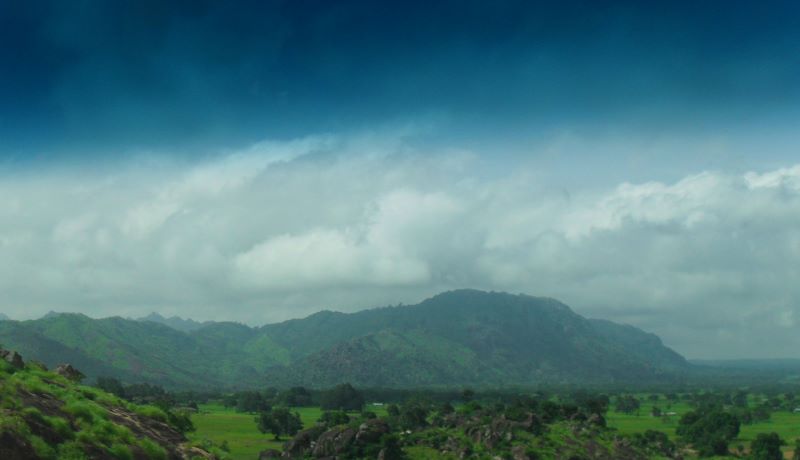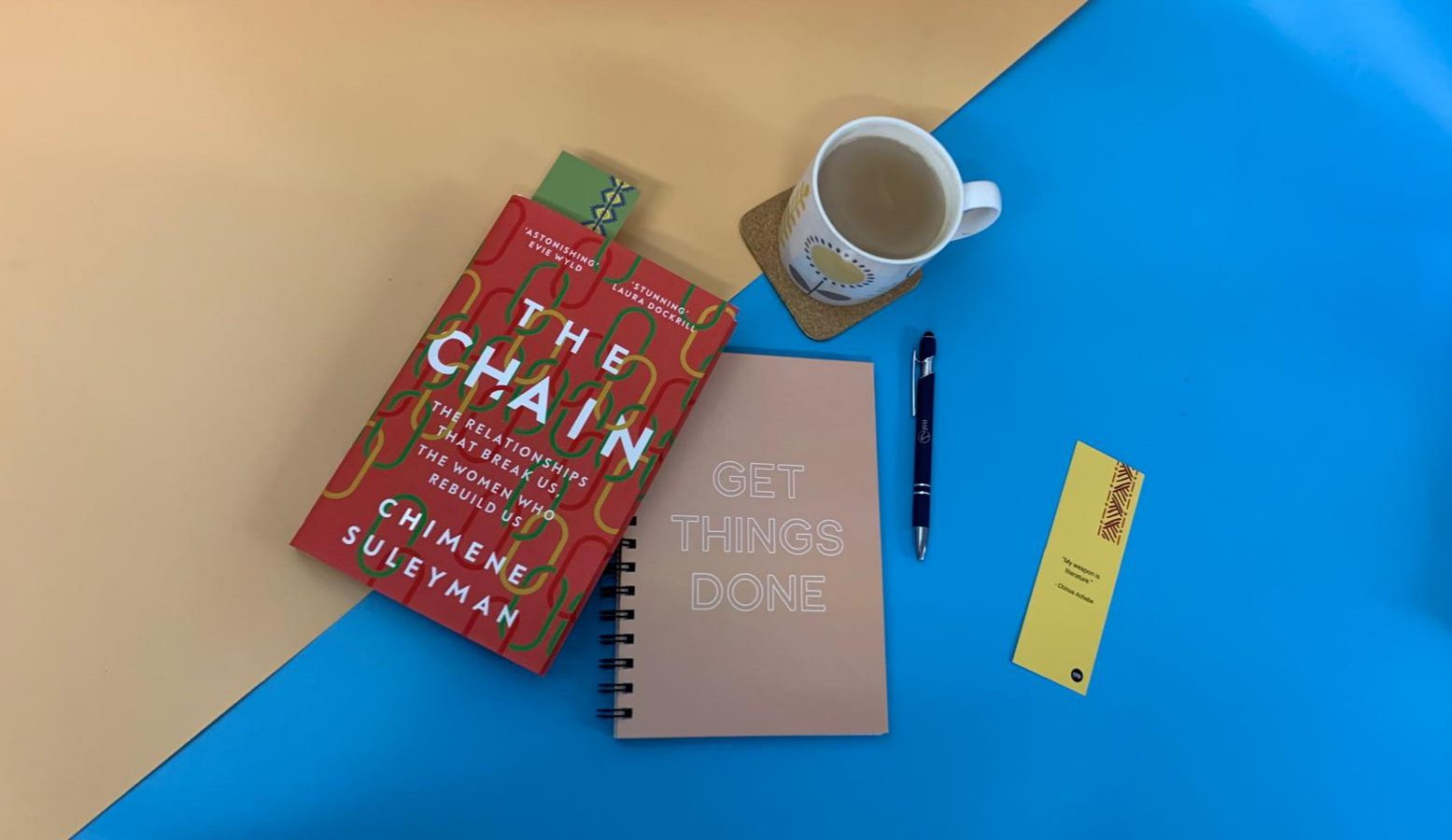This article was written by Dr Jim Gala to summarise the plight of Ganawuri – home to the founders of Books2Africa, and the impetus for the establishment of the charity. For a detailed historical account of the Aten, see The Aten of Ganawuri by Prof. Gerald Berthoud.
Introduction
Ganawuri, a collective of eight villages in Riyom Local Goverment Area of Plateau state, has at least eleven different ethnicity resident and/or indigent: Aten, Firan (Kwakwi), Takad (Attakar), Atyap, Irigwe, Berom, Chawai, Hausa, Fulani, Igbo, Yoruba, etc. It is a strategically located border community lying on the south-western fringe of the Jos Plateau, sharing boundary with Kaura Local Government Area in the Southern Kaduna region. The predominant ethnic group in Ganawuri is Aten; with Atar Aten as the paramount ruler of the Local Government Area.
Approximately, the community is located on latitude 8° 35’ E and longitude 9° N; it has a total estimated population of sixty thousand, six hundred and twenty seven (60,627) people (1990 census figures). Sitting on altitude 1,400m at its highest point and 1,000m at its lowest, the community enjoys eight (8) months of annual rainfall (April through November), which is heaviest in the months of July and August, with double maxima and a diurnal high of 1,500mm –the highest on the Plateau. The land,though limited, is very rich for cultivation and grazing.
Because of its versatile agrarian productivity, and owing to its strategic border location, the community is a vibrant market for numerous agricultural produce ranging from crops to livestock of diverse species, and serving communities in Plateau and Kaduna states.
The Aten are a very proud breed of people. They fought fiercely to preserve their unique identity and survive the pre-jihad invasions of the Habe Kingdom, i.e. Hausa States (Queen Amina’s expansionist wars) and the Caliphate jihad of Shehu Othman dan Fodio. The people have a rich culture which has retained some of its original forms despite the incursion of western civilization and globalization. The dominant cultural forms celebrate the seasons; in addition to commemorative festivities such as the Wuru Da Garang, an event marking the descent from the caves to the plains at the onset of the coming of Christianity.
Youths are the majority, and youth development ought to be the priority
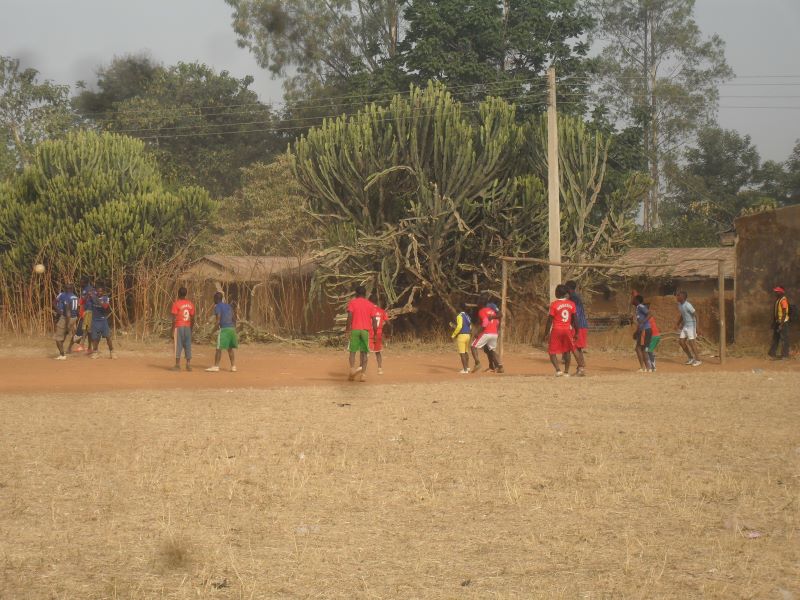
Ganawuri is a community with a largely youthful population. The Aten nation, from time immemorial, has always relied heavily on its youth for economic and social sustenance. In the days of inter-tribal warfare, it was the youth who formed the resistant army that defended the Aten’s territorial integrity; the youth are often the most vibrant section of society where farming and food production is concerned; the youth are on the hunting expeditions each coming year; the youth are actively involved in Aten traditional engagements and political arrangements; etc.
Western education, which has become the key to modern gainful employment, has dropped to an all-time low among the Aten; traditional peasant farming which formed the backbone of the ancient Aten nation has fast deteriorated due to increasing land scarcity following a population explosion; other traditional economic activities are equally on a rapid decline: pottery has practically vanished, with Aten needs for domestic utensils such as pots, pails, cans, etc, all long taken over by the coming of plastic and aluminium products. Aten craft, which is pertinent for the people’s subsistence agriculture, is fast fading to the background. Fishing, which was an annual festival observed by all clans of the Aten nation, has since disappeared as if there never was a fish in the pond, while hunting, which was also an annual rite of thanksgiving, is simply no more! The sum result is stagnation, an escalating situation of despondency, redundancy and deepening poverty levels. The need, thus, is to focus on the development of Aten youth, and education is one sure way by which this can be achieved.
Aten Traditional Economic Practices
The Aten people are primarily agrarian. Farm practices such as subsistence crop production, small-scale poultry and animal husbandry accounts to, perhaps, over 70% of the total economic output of the community. Smiting, craft, commerce and basic hunting also form part of the economic output of the Aten people. One of the fundamental structure for driving internal governance and development among the Aten is the zamm, i.e. the age-grade system. Labour has traditionally been organised along the age-grade structure, while social relations have also thrived on the system. However, the Aten zamm culture has since become out-of-date in view of modern developments in technology, science and the arts; and owing to a laxity in some quarters of the population. It is sad to note that today, some zamms which hitherto were vibrant in the 1960s, 70s, and 80s, have become moribund, and it is commendable that some zamms have survived despite all challenges.
The Ganawuri Potential for Development
The Aten are a gifted people. Aten land is naturally well endowed with rich arable land; a strategic network of numerous fresh water sources; a booming commercial center; a rich and dynamic culture; breathtaking scenic beauty; and a moderately temperate climate, to mention but a few of the natural attractions. A look at the performance of Aten sons and daughters at school with peers from other tribes would show that the Aten is made of outstanding intelligence: from the days of old when the pioneer elites of Ganawuri attended the Kano Institute of Hygiene, through the era of upper and lower middle schools at Foron and Riyom, to the days of decorated Atenn performances in schools such as GC Keffi, TTC Toro, GSS Kuru, Craft School Pankshin, Bukuru Technical School, BSS Gindiri, GHS Gindiri, GTC Gindiri, GSS Katsina-Ala, GSS Otukpo, GSS Riyom, etc, to the era when our people finally made it to the universities, the record of Atenn academically has been nothing short of sterling. Adu Deme today remains one of the best vocalists to ever have graced the musical scenes of Nigeria; a son of the soil, Gala Gabriel Gala, at a very tender age played football for the Canadian national teams at all levels – he played at the FIFA world Cup, and scored the only goal the Canadian senior national team recorded against Real Madrid in a friendly encounter following the global tourney.
But beyond human resources, the economic potentials of Aten land cannot be anything but lucrative: the crop species that thrive in Ganawuri are rare and special – Ganawuri chwen (accha), nkpana (tamba), mampa, garaza, nchwele, and paddy rice are without doubt a brand in themselves in the markets on the Plateau and beyond. The organic nature of most of its agricultural produce is unique; the bird species are marvellous to behold and study; the animal breeds that thrive in Ganawuri are among the best anywhere in Nigeria; the copious rainfall of dual maxima experienced in Ganawuri is exceptional; the available surface water flowing in streams and rivers that never dry is hugely a blessing; the serene topography, and the very clement weather of Ganawuri is truly special; you name it, Ganawuri has the potential. But, alas, we have failed in our generation to harness all of these potentials toward the development of the community!
Self-Help Development History
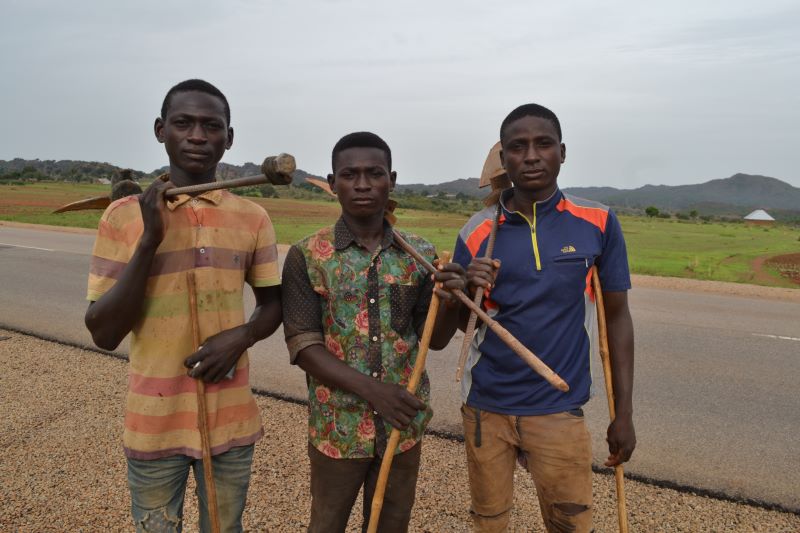
Ganawuri community is geographically delimited by huge granite mountain ranges which ring it on its northern, eastern and southern borders, leaving a narrow western trough that flows into the Southern Kaduna plains. Land is scarce, especially in view of rapid population growth. As a result of this natural delimitation, succeeding generations of the peoples of Ganawuri have evolved internal mechanisms for self help and community development. These development projects have for generations been hinged around social structures which have made the people unique. Perhaps the most significant of these structures are the Community Councils and Age Group associations. These two structures have been driving the community’s internal governance and development, respectively. Recently, modern styled community organisation’s have started springing up to buffer the efforts of these age old structures. These new forms, such as the Tenn Heritage Foundation, have been galvanising the community through self help initiatives in the area of health interventions and cultural revival.
Being a collective of largely minority tribes, Ganawuri has suffered audacious marginalisation from both local and state governments. As a result, the community has over the years, diligently applied itself, through self-help community development projects (using the existing social structures), to drive its own development and governance. Perhaps owing to the intricate and inclusive nature of its internal social arrangement, Ganawuri community is one of very few communities in Plateau state that have managed to remain peaceful despite protracted and widespread violence in the state. This has in part been the result of a determined stance on the part of the people to continue to co-exist peacefully among themselves, regardless of clan, creed or religion. Community Action for Popular Participation (CAPP), an NGO operating in the community, has described Ganawuri as “an island of peace in a sea of crises” ¹.
Community Councils
All the eight villages of Ganawuri are delineated into several sub-communities (or wards), each of which has an existing Community Council, known as Toyy. All the Toyys form part of the central umbrella Council of Aten, known as Torong a-Tenn. These Community Councils hold regular and periodic meetings at which matters that affect all are tabled for open discussion, without bias to age or gender. Resolutions and any matters arising from these meetings are usually taken to the central Council (Torong) for further deliberation and final resolutions. This delicately hierarchical arrangement ensures that all have equal opportunity to participate; that every issue is thoroughly deliberated upon at various levels; and places the people in a position that is not unduly subjugated to the official Traditional rulership at respective levels; the overall result is that internal democracy is visibly strong and faithfully adhered to.
Age Group Associations
The zamm or Age Group is perhaps the most dynamic of all the social structures existing in Ganawuri. It is a multi-task formation mutually charged with spearheading internal democracy and development. All members of any particular age group are equals, no matter the social and material status of individual members. Perhaps as old as the community itself, the age group is a platform that performs many tasks primarily with a communal focus: organising the community labour force; mitigating for conflict resolution; mobilising for community development projects; mobilising for security alertness/maintaining the peace; adjudicating in traditional litigation; courtship and nuptial arrangements; mentorship and communal skills transfer; etc. Leadership of these groups is by popular democratic ballot.
The Age Groups/Community Councils mobilise resources periodically to implement projects, usually agreed upon by the community at a Council meeting.
Community Projects

Ganawuri has for decades had a Community Hall which was constructed in the early ‘80s by the Torong in collaboration with the Students Union at the time. Though this hall was recently affected by a rainstorm which blew off the roof, it has regularly served the community during Council meetings and provided the venue for social occasions.
The community also built classrooms and toilet facilities in the local schools: GSS Ganawuri, GSS Bum, the government primary schools at Dantse, Danto, Bum, Koroneho, Danwal, etc. Young graduates of tertiary institutions from the village also organise free tutorial/prep lessons for interested students/pupils. Presently, and as a means of facing the challenges of incessant civil service strikes in Plateau state, the community is mobilising resources to float its own Community school; the plan is to set up an integrated academy where learning will begin from kindergarten to secondary levels. The various arms of community governance are currently brainstorming on the best way to achieve this.
Through initiatives of the Torong and the zamms, the community has contributed immensely to developing the community health sector by way of constructing ward blocks at the public health center; setting up of village health committees that regularly inspect and oversee sanitation and management of the health facilities in the community; and provide volunteers on a regular basis and as need arises to help the professional health workers, who are in very short supply. And most recently, commencing from five years ago, a community foundation, the Tenn Heritage Foundation, has regularly executed structured medical outreaches that catered for free and comprehensive eye care (eye surgeries, refraction, diagnosis, treatment, referrals, and follow up); free maternal and child health; free surgical procedures; free general consultation, prescription and drug administration; as well as free testing for vital signs and HIV/AIDS.
Development Issues and Challenges
Ganawuri is a community that has remained sidelined in terms of public infrastructural provision, especially from local/state governments. Ironically, there is far more strategic federal presence than there is of the state/local governments: the community is connected to the national electricity distribution grid; there is a Trunk ‘A’ road traversing the community and linking the Plateau to southern Kaduna state; the only state road was constructed to provide feeder access to the viable market of local agricultural produce such as crops, chicken and cattle.
There are also some public schools and primary health centers dotting the cluster of communities, but not equipped enough with provisions and personnel (teachers; public health workers; etc) to cater for the growing population. Having mentioned the problems with the existing public infrastructure and its shortages, there are a number of cardinal development needs and challenges facing the community.
Independent needs assessments carried out by Aten Development Association, Tenn Heritage Foundation and NGOs working in the community has identified a number of needs facing the people. The needs are many, of different priority levels: poor infrastructural provision; scarcity and high cost of agricultural inputs; poor road network; lack of skilled personnel; low literacy level; poor disease control; political exclusion; to the non existence of structured marketing channels to enable community producers of cash crops and other wares maximise their profits.
Being a minority community in the state and local governments, the people of Ganawuri have long since realised the disadvantage of their numbers and minority status, and strive to seek ways of advancing in spite of the challenges. The people have, through self help/direct labour efforts contributed to infrastructural provision: construction of classroom blocks; hospital wards; toilets in schools, health centers and the market place; local feeder roads and connecting culverts.
The people have always organised themselves, not only for community labour on development projects, but also for resource mobilisation for funding of such projects. The zamms, community councils, and other community based groups form the primary sources for mobilising such resources. Finances are usually sourced through communal/individual levies; per capita dues; public launchings; individual support; and group contributions (notably the zamm and Tenn Heritage Foundation). These internally generated finances enjoy a buffer from the very buoyant Yeneng Microfinance Bank (the Aten Community Bank), to which all community groups own shares, as well as individual members of the community.
Notes
–
- CAPP Partners Community in Unique Peace Initiative; Accessible online at www.cappcommunity.org. 2011
